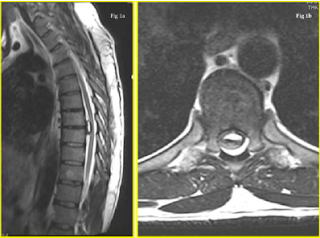Juniper Publishers-Open Access Journal of Head Neck & Spine Surgery Platysmal Myocutaneous Flap for Reconstruction of T1,T2 Tongue Cancer: Functional Assessment Authored by Anshuman Kumar Introduction The platysma myocutaneous flap (PMF) was first used for intraoral reconstruction in 1978 by Futrell (Futrell et al., 1978) [1]. A platysma myocutaneous flap is a versatile, easy-to-perform, one-stage procedure, and the outcome is best in adequately selected patients, with minimum donor site morbidity. It is large enough to close most head and neck ablative skin or mucosal defects up to 70cm2 and no special equipment is required (Koch, 2002) [2]. The PMF is also an excellent alternative choice to microvascular flaps, especially in patients who are medically unfit for prolonged surgery [3]. But PMF is not as popular as other options of head and neck reconstructive, because of different reasons. The main limitations are lack of bulk, problematic blood supply and ...









